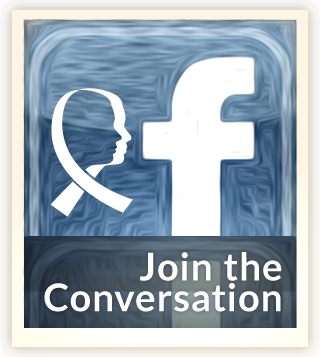Jolie is in a very small group of women with a genetic mutation, BRCA1, which made it very likely she would develop breast cancer at some point. She said her doctors estimated her risk at 87 percent, far more than a woman’s average risk of 12.4 percent.
Jolie’s mother died of ovarian cancer at age 56. Her cancer was caused by the same genetic mutation. When she learned that she too carried the breast cancer gene mutation, Jolie decided to have a preventive mastectomy and breast reconstruction. She estimates the surgery lowered her risk to five percent.
It is a drastic choice for an extreme circumstance. In the aftermath, Jolie is being praised as courageous and brave and for making her medical choice public in an Op-ed piece in The New York Times.
 As one of the world’s most glamorous and influential women, Jolie has certainly raised awareness of the seriousness of carrying the BRCA1 or BRCA2 mutations, and of the importance of genetic testing to give some women potentially life-saving information.
As one of the world’s most glamorous and influential women, Jolie has certainly raised awareness of the seriousness of carrying the BRCA1 or BRCA2 mutations, and of the importance of genetic testing to give some women potentially life-saving information.
But genetic testing—and preventive mastectomies—are not for women of average risk of breast and ovarian cancer. Testing may be appropriate for people who are likely to have inherited a mutation, who have a personal or family history of cancer, or who have specific types of breast cancer.
At Lancaster General Health, we have partnered with the University of Pennsylvania to offer a Cancer Risk Evaluation Program on-site. We provide a comprehensive evaluation of your family history to see if it’s likely that you inherited a mutation. You will be counseled so that you can give informed consent to the test and how the information will be used. And you will receive a risk-reduction plan, regardless of whether you have the mutation or not. The program is staffed by two genetics counselors and directed by a medical oncologist.
Remember, more than 99 percent of women do not have the BRCA1 or BRCA2 mutations, which cause only five percent of all breast cancers. They are not like Angelina Jolie. They will not face the choices she had to make.
 We must make sure that Jolie’s revelation helps the right women—those in the high-risk category. And even these women need to proceed with caution because preventive mastectomies may not be the best option in all cases.
We must make sure that Jolie’s revelation helps the right women—those in the high-risk category. And even these women need to proceed with caution because preventive mastectomies may not be the best option in all cases.
Randall A. Oyer, MD, is the medical director of the University of Pennsylvania Cancer Risk Evaluation Program at Lancaster General Health and the Ann B. Barshinger Institute. He is a hematologist/oncologist with Hematology-Oncology Medical Specialists in Lancaster.
(Angelina Jolie photo credit: Gage Skidmore)













comments
RSS feed for comments to this post